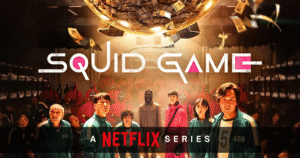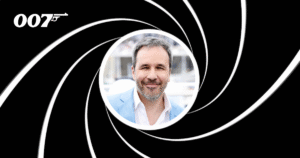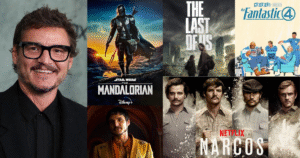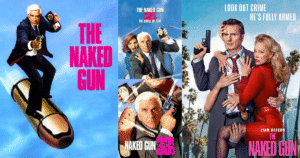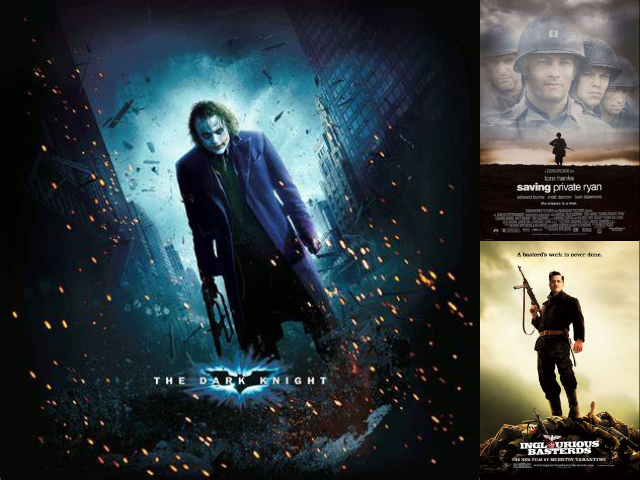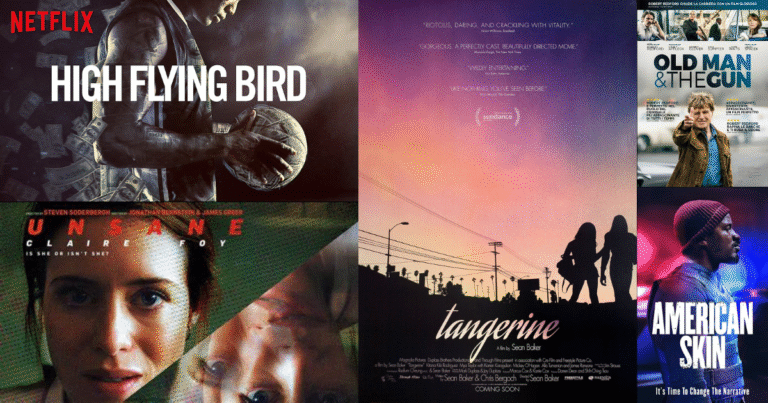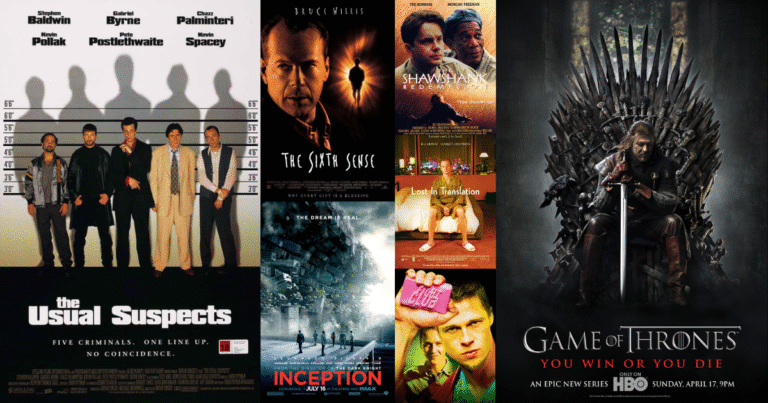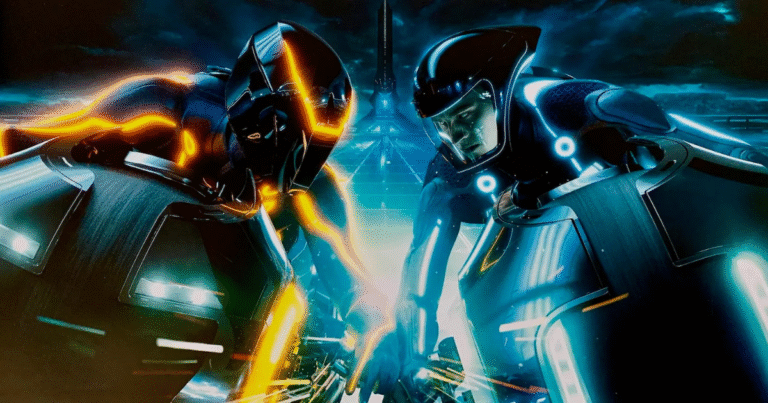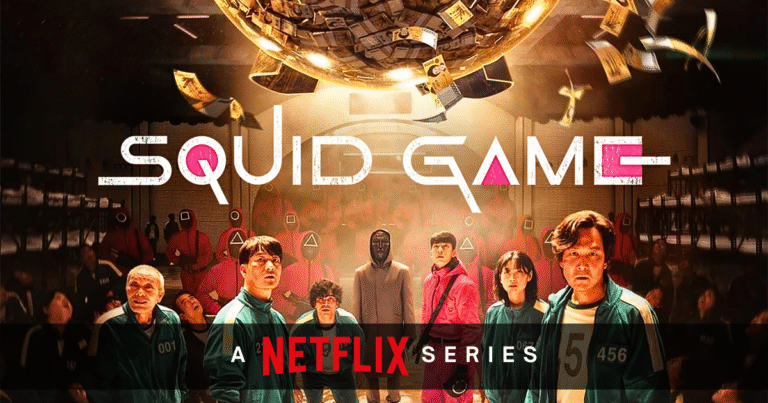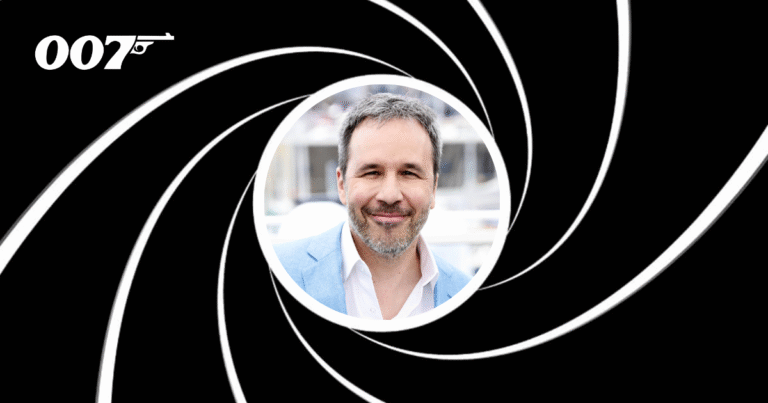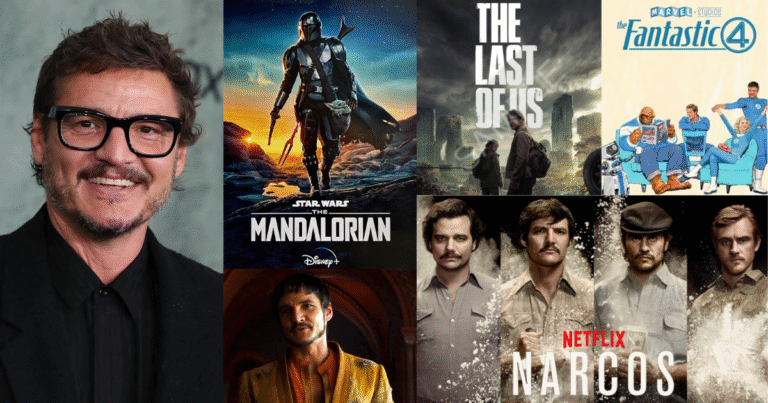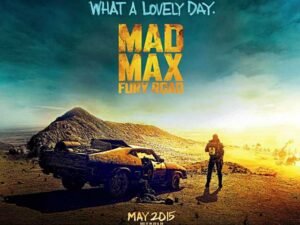The opening scene of a movie is more important than we often realize. It’s the moment when the audience decides if they want to stay for the ride. A great opening scene sets the tone, introduces the world, and gives us a taste of the story to come. Some movies do this so well that we remember their first few minutes forever.
In this article, we’ll explore the power of a strong opening scene, and take a closer look at some films that nailed it. Using simple examples and a human touch, we’ll understand why certain beginnings grab our attention and never let go.
Why the First Scene Matters
Imagine walking into a movie theater. The lights dim, the screen lights up, and within a few minutes, you’re either hooked or distracted. That’s how fast a film has to win you over. The opening scene is not just about looking cool or creating mystery. It’s about building interest and trust.
A well-done opening tells the viewer: “You’re in good hands. Stay with us.” Whether it’s through powerful visuals, gripping action, or emotional depth, it has a job to do and that job is to pull you in.
What Makes a Good Opening Scene?
Here are a few key things a great opening scene often does:
- Sets the tone: Is it funny, sad, intense, or mysterious?
- Introduces the main conflict or question: What’s the movie about?
- Gives us a feel for the world: Where are we, and what kind of rules apply?
- Builds curiosity: What will happen next?
- Connects us to a character: Who are we rooting for, or afraid of?
Now, let’s look at a few examples of film openings that got it just right.
The Dark Knight (2008)
Christopher Nolan’s The Dark Knight opens with a bank heist that feels like a short film in itself. We see a group of masked criminals robbing a bank in Gotham. One by one, each criminal turns on the other until we’re left with one. It’s the Joker, played by Heath Ledger.
Why it works:
It shows us the Joker’s mind — clever, ruthless, and unpredictable.
It sets the dark, tense tone of the film.
It doesn’t give us everything. It makes us want more.
That one scene tells us exactly what kind of ride we’re in for.
Inglourious Basterds (2009)
Quentin Tarantino’s war film starts with a calm conversation between a Nazi officer and a French farmer. It’s long, quiet, and full of hidden tension. As the conversation goes on, we slowly realize something terrible is about to happen.
Why it works:
It builds slow, nail-biting suspense.
It introduces the villain (Hans Landa) in a powerful way.
It shows us the stakes of the story without needing much action.
This scene proves you don’t need explosions to create drama. Sometimes, all it takes is a glass of milk and a clever script.
Up (2009)
Yes, even animated movies can have powerful openings. Pixar’s Up tells the life story of Carl and Ellie in just a few minutes. There’s no real dialogue. Just music, images, and moments. We see them meet, fall in love, dream of adventures, and grow old together. In the end, Ellie dies, and Carl is left alone.
Why it works:
It makes us feel deeply in a short time.
It connects us emotionally to Carl before the main story begins.
It reminds us that behind every adventure is a very human reason.
It’s one of the most touching openings in movie history and it sets the stage for Carl’s journey.
Saving Private Ryan (1998)
Steven Spielberg’s war film begins with a brutal, realistic scene of the D-Day landing on Omaha Beach. It’s loud, messy, terrifying, and completely gripping. We feel like we’re right there with the soldiers.
Why it works:
It drops us straight into the horror of war.
It doesn’t hold back. The violence is hard to watch, but important.
It tells us this movie will be honest, emotional, and real.
After this scene, everything that follows carries more weight.
Pulp Fiction (1994)
Tarantino does it again with this opening. A couple sits in a diner, chatting casually — until they suddenly pull out guns and decide to rob the place. It’s fast, funny, and shocking.
Why it works:
It mixes humor and danger in a unique way.
It introduces Tarantino’s style with cool dialogue and sudden twists.
It sets up one of the film’s key themes: chaos in the everyday.
And because the film is told out of order, this scene comes back later in a powerful way.
La La Land (2016)
This movie opens with a musical number in a traffic jam. Drivers get out of their cars and start singing and dancing. It’s colorful, joyful, and a little surreal.
Why it works:
It tells us right away this is a musical but with a modern twist.
It shows us the setting: Los Angeles and the dreamers who live there.
It gives us energy and excitement right from the start.
Even people who don’t love musicals were charmed by this creative beginning.
How to Tell if an Opening Scene Is Effective
You know a great opening when:
You’re instantly curious or emotionally moved.
You remember the scene long after the movie is over.
It gives you a clear idea of what kind of story is coming.
It’s not about being loud or flashy. It’s about being clear, clever, and honest with the audience.
Final Thoughts
Opening scenes matter. They are like the first few lines of a book or the first few minutes of a date. They can pull us in or push us away.
When done right, they do more than just grab attention. They start the conversation between the filmmaker and the viewer. They make a promise, this story is worth your time.
So next time you watch a movie, pay attention to the first few minutes. What is it telling you? What mood does it set? And most of all, does it make you want to keep watching?
